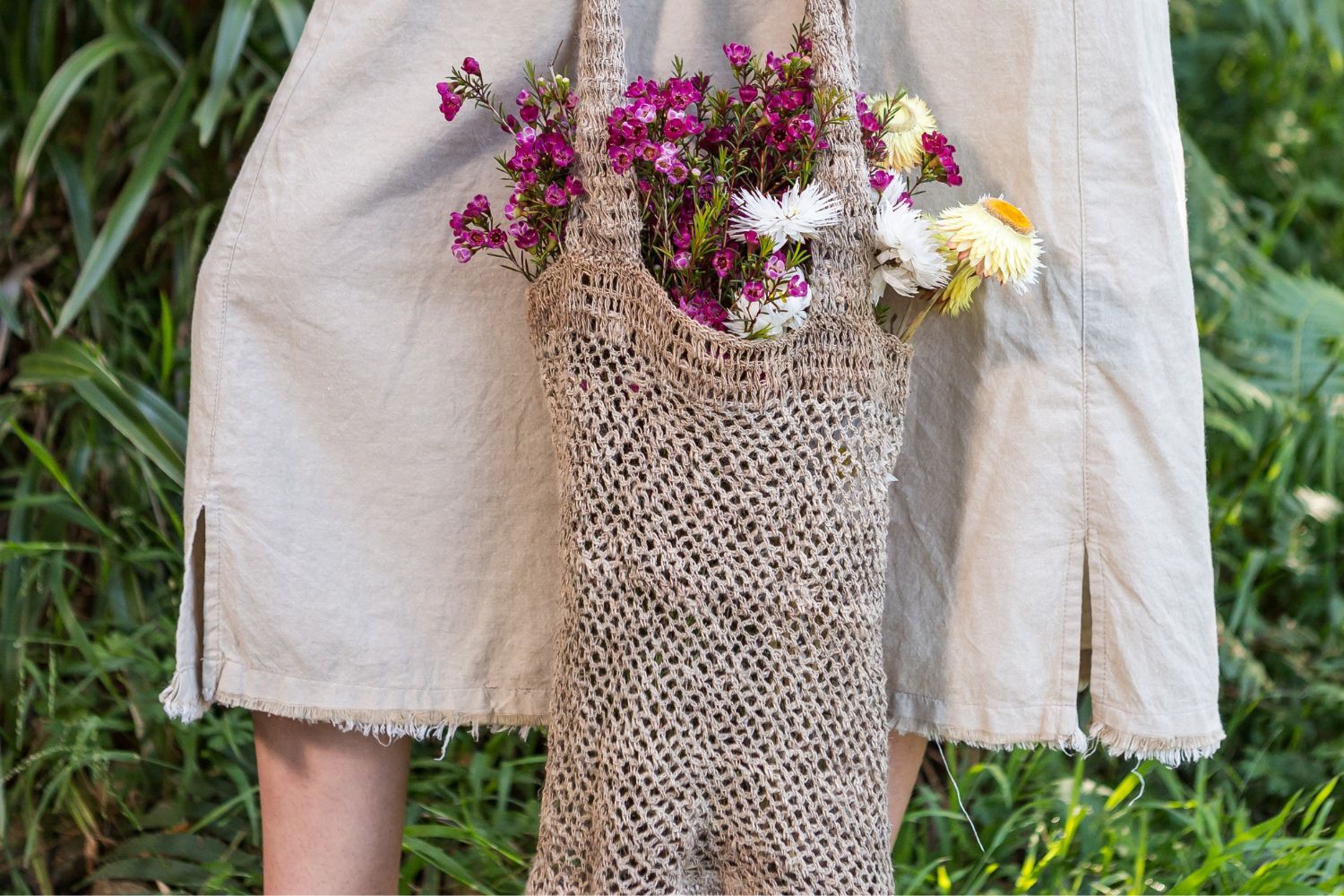Tibetan prayer flags have been hung in Tibet, Nepal and around the world for centuries. As any traveller to Nepal will tell you, they can be seen everywhere - mountain tops, trees, temples, even guest houses string them up. If you've ever wondered what the story behind them is, read on to learn more.
Prayer flags are deliberately left un-hemmed to allow the cotton to unravel in the wind. Surprisingly, prayer flags do not carry prayers to the gods. Rather, Tibetans believe the prayers and mantras will be blown by the wind to spread the good will and compassion into all pervading space. Therefore, prayer flags are thought to bring benefit to all.
Traditional Tibetan prayer flags should never touch the ground. This is considered to bring bad luck for the entire time they are hanging, and they are always hung up high to avoid this. Even when your flags are finished and you burn them (which is the correct way to dispose of them), you need to make sure they don't ever touch the ground.
Each of the five colours on the prayer flags represents an element. Blue represents the sky, white the air, red is for fire, green symbolizes water, and yellow is for the earth. Together, all five colours represent balance. They are always stitched together in a specific order, from left to right: blue, white, red, green, yellow.
There is a 'best' time to hang your new prayer flags. The best time to put up new prayer flags is on a new / full moon, (or on a solar eclipse although the full moon might be more attainable). In Tibet and Nepal, old prayer flags are replaced with new ones annually on the Tibetan New Year.
There are two kinds of prayer flags: horizontal ones, called Lung ta (meaning "Wind Horse") in Tibetan, and vertical ones, called Darchog (meaning "flagstaff"). Lung Ta are usually hung on a diagonal line from high to low between two objects (e.g., a rock and the top of a pole) in high places, while Darchog are normally planted in the ground. We offer two sizes in the Lung ta style >
The meaning behind the images and text on traditional prayer flags is important. On traditional Lung Ta flags, there is a powerful or strong horse depicted. This is a symbol of speed and the transformation of bad fortune to good fortune. Surrounding the horse are various versions of approximately 400 traditional mantras, each dedicated to a particular deity or god. Images or the names of four powerful animals, also known as the Four Dignities, adorn each corner of a flag: the dragon, the garuda, the tiger, and the snowlion.
Video credit Chris Marquardt
Tibetan prayer flags are steeped in history, and are a physical representation of the beautiful philosophy that the Tibetan culture is.
Shop our prayer flags for yourself or as a gift for a loved one.
Until next time,
Mel


















